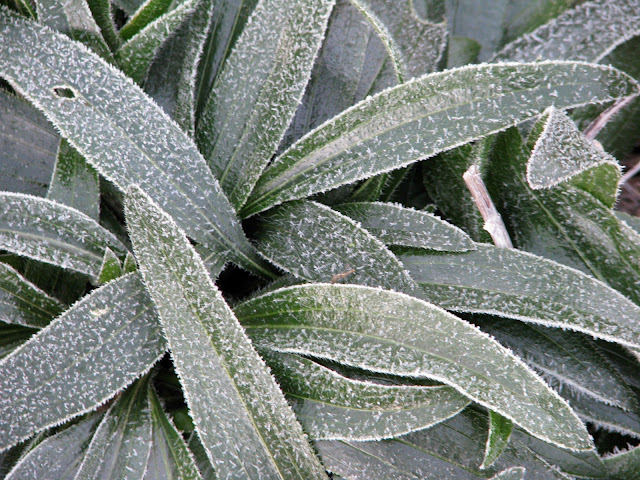I suppose I should wrap up my posts on fall colors before winter begins on December 22. There is still some lingering color on the prairie, but these photos were taken before hard freezes turned most of the prairie brown.
Redbud, Cercis canadensis
Hercules Club, Zanthoxylum clava-herculis
False Indigo, Amorpha fruticosa
Smooth Sumac, Rhus glabra
(Not Quite) Spineless Prickly Pear Cactus, Opuntia ellisiana (?)
Aromatic Aster, Symphyotrichum oblongifolium
Square bud Primrose, Calylophus berlandieri
Frostweed, Verbesina virginica
Columbine
Black-eyed Susan, Rudbeckia fulgida
 Gregg's Mistflower, Conoclinium greggii
Gregg's Mistflower, Conoclinium greggii





